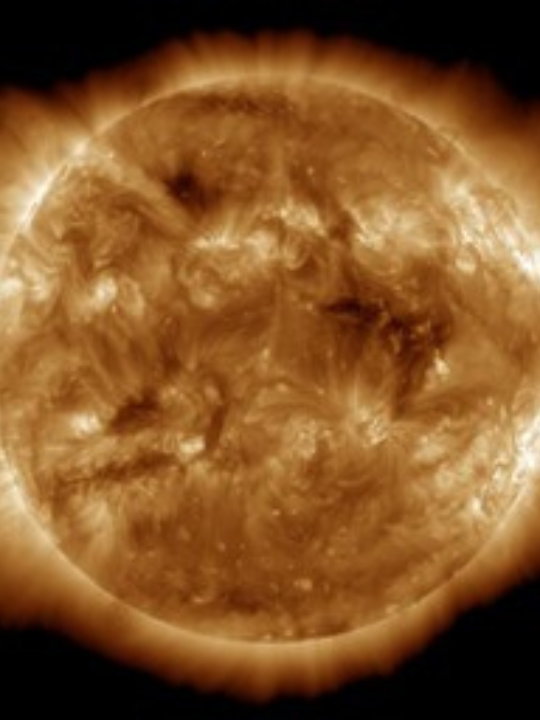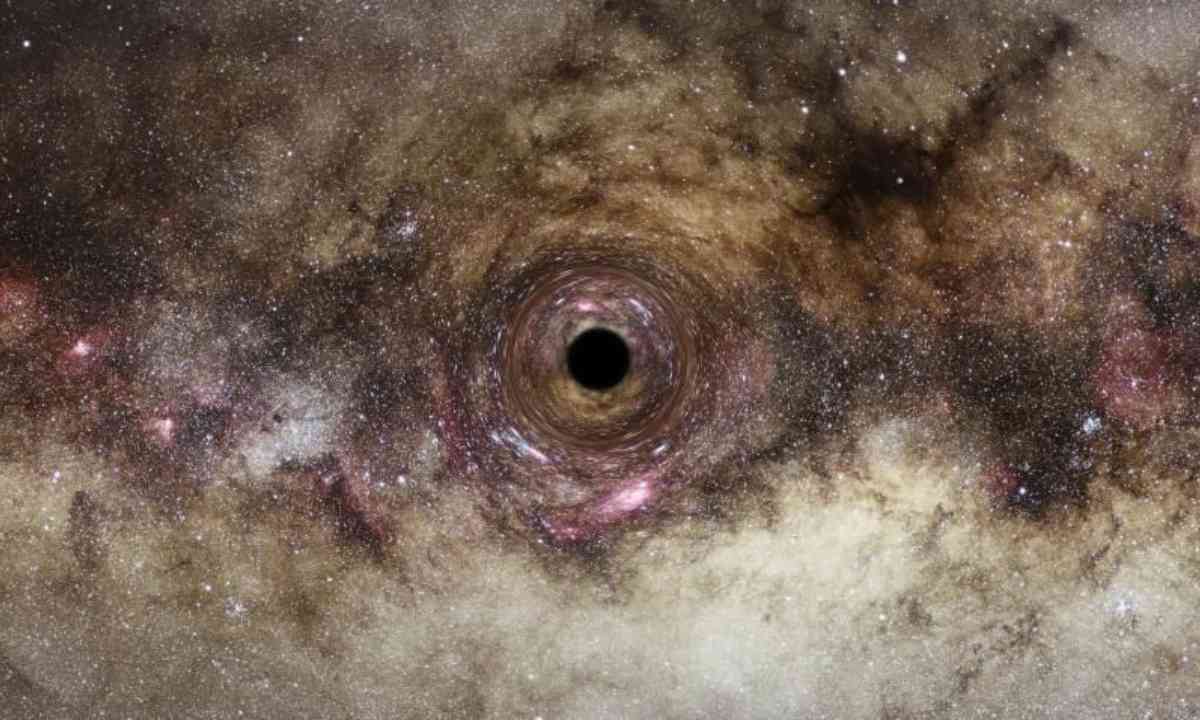Scientists from Durham University in the UK have discovered a supermassive black hole that is 33 billion times the mass of the Sun, making it one of the largest ever found. The discovery was made using gravitational lensing, which allowed the researchers to use a nearby galaxy as a magnifying glass. Lead author Dr James Nightingale described the black hole as "extremely exciting", as it is close to the theoretical limit of how large black holes can become. Meanwhile, another team of experts found that a supermassive black hole in a galaxy called PBC J2333.9-2343 has changed direction and is now aimed towards Earth. Ultramassive black holes are rare and their origins are unclear, with some experts speculating that they were formed during the merging of young galaxies.
A massive hole has appeared on the surface of the sun, which will have an impact on Earth. This is the second "coronal hole" to appear within a week, and it will unleash solar winds at a speed of 1.8 million miles per hour towards Earth. The winds are expected to reach Earth on Friday and will affect the planet's magnetic fields, causing disruptions in the magnetosphere, which is responsible for protecting the planet from harmful solar storms. This could cause significant disruptions to Earth's technology, including satellites and space shuttles. The resulting disturbances may be visible on Earth if the solar storm is strong enough.
One of the most noticeable effects of a solar storm is the aurora or northern lights. This phenomenon occurs when charged particles from the Sun collide with air molecules in the Earth's atmosphere. These storms typically reach their peak during the solar maximum, which occurs at the centre of the cycle. Afterwards, the Sun becomes calmer and more peaceful until the cycle is complete.

Scientists are currently monitoring the situation to determine if the solar winds will impact Earth's magnetic field, satellites, and technology, as per reports. The sunspots on the Sun's surface are used to calculate solar energy.
1. What is a solar storm?
A solar storm occurs when the sun emits large bursts of energy in the form of high-speed winds.
2. What is a coronal hole?
A coronal hole is a cooler, less dense region of open, unipolar magnetic fields in the outermost layer of the sun's atmosphere, or corona, that appears as a dark patch.
3. What is the impact of a solar storm on Earth?
Solar storms can lead to disruptions in Earth's magnetic fields, which can in turn cause disturbances in the magnetosphere and ionosphere. These disruptions may cause power outages, radio blackouts, and internet connectivity issues.
4. Can a solar storm end life on Earth?
No, even though solar storms can have a significant impact on Earth's environment, they are not lethal due to the planet's thick protective atmosphere.
©️ Vygr Media Private Limited 2022. All Rights Reserved.
























